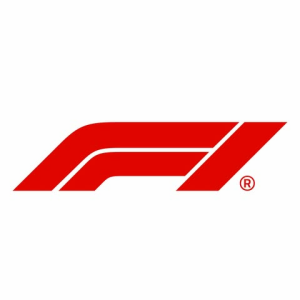FOX's Driver's Eye set to debut Sunday in Long Beach GP broadcast

Yesterday at 08:21 PM
FOX Sports and its partners at the Racing Force Group will introduce the Driver's Eye camera to the IndyCar Series during Sunday's broadcast of the Acura Grand Prix of Long Beach.
Fans of Formula 1, Formula E, and NASCAR have seen the technology from RFG in use with the tiny HD cameras placed inside driver's helmets, and after trialing its use in practice in qualifying this weekend, polesitter Kyle Kirkwood, Pato O'Ward, Will Power, and Felix Rosenqvist will carry in-race views from the cockpit for the first time in IndyCar's aeroscreen era.
"We met (RFG COO) Alex Haristos through NASCAR, and we used Driver’s Eye for limited deployment in NASCAR a couple years ago," FOX Sports' executive VP of field operations Michael Davies told RACER. "I was really happy when we got IndyCar, because one of the biggest things that (FOX Sports CEO) Eric Shanks, my boss, wanted to do was to make sure that we had Driver’s Eye. So we talked to Alex, and we thought we’d be able to use some of the legacy stuff from Formula E, from Formula 1. But it turned out that because of the , it was a total re-engineering job for them.
"So we knew what we wanted, and we knew how to get it, and we knew these guys needed to do it. What we didn’t understand was how much work would be done in order to fit it into this car. Nothing to do with the helmets, for sure. That’s easy. It was just in terms of fitting the system to work within the car that took a lot of effort."
For Haristos, miniaturization was key to creating a tiny, featherweight camera to place within the helmet padding, which has become recognized as the smallest broadcast-level camera in use in sports.
"The strategy that we use from the technology side is that we have to do the least possible inside the helmet," Haristos said. "And this is first a safety constraint, sure. So we need things to be small and very light. The camera is nine by nine millimeters, 1.4 grams, very, very small. And the rest of the things that we have to do to provide the video feed to the TV production is in the car. We have to use the one single cable to do everything, to stream the video, to be able to get the power supply and to command and control the camera."
Fitting a small camera inside an IndyCar driver's helmet isn't the biggest challenge for FOX Sports and RFG. It's filming from behind a range of visors—some that are clear, some with light tinting, and others with darker shading—where the broadcast team need to tune and adjust the settings on the camera to provide clear images for viewers.
"The iris control and all the management of the image is very challenging," Haristos added. "Imagine that we start from a massive under exposure inside the helmet. You have to go through the visor, the tearoffs, and the aeroscreen. Managing a camera that isn't sitting outside, like an onboard camera, but is inside and you have to be perfect with iris and white balance and everything when you look at the image, is hard. But the TV production, you cannot even say what the color of the visor is, because it’s been completely balanced and neutralized by the camera. All these things, they happen in the car."
Long Beach is the launching pad for the Driver's Eye with IndyCar, and once the month of May arrives, look for wider use of the technology to be a big part of FOX Sport's first airing of the Indianapolis 500.
"We still have a lot to learn," Davies said. "We always do figure out what’s ready to optimize, and luckily, we’ve got bosses that allow us to do these things and to come in without a net, a little bit. And that’s why we really didn’t speak about this very much until now. Now we’ve got a little bit more confidence in it. We can start figuring out what we’re going to do next. And I think what you’re going to see is this featured quite a bit in Indy race week."


